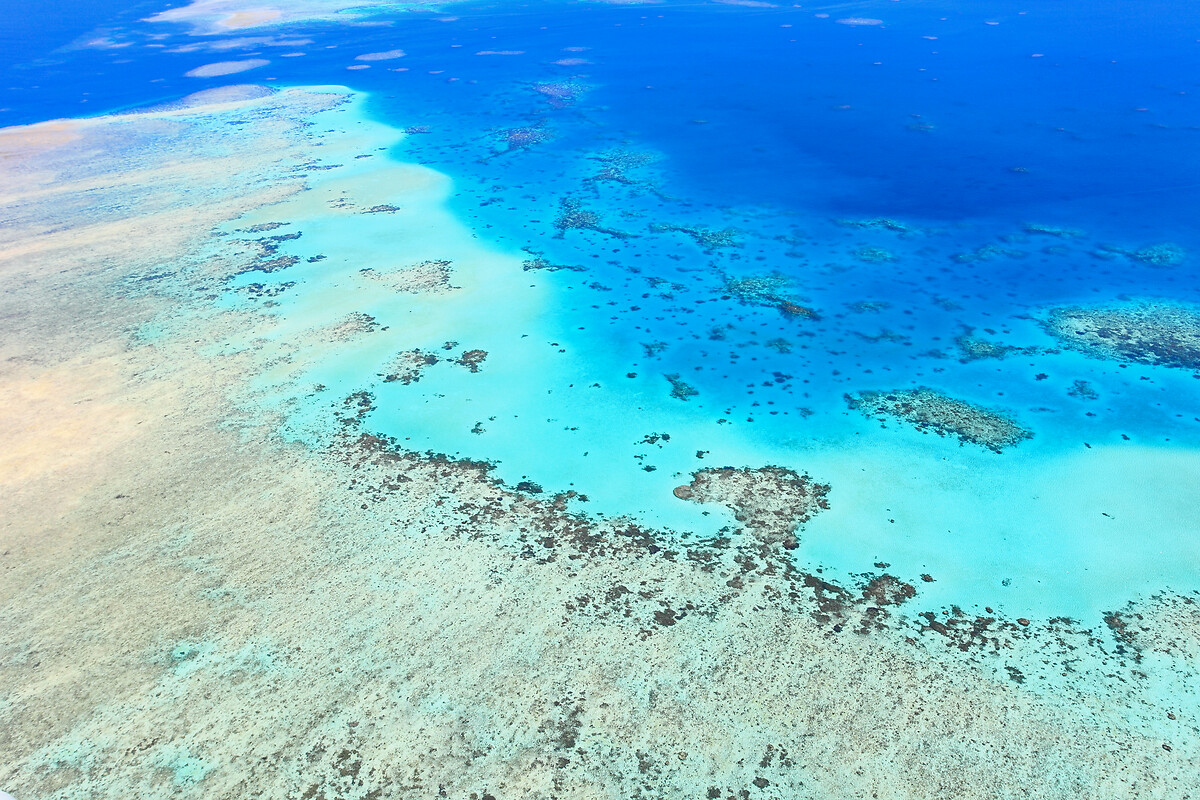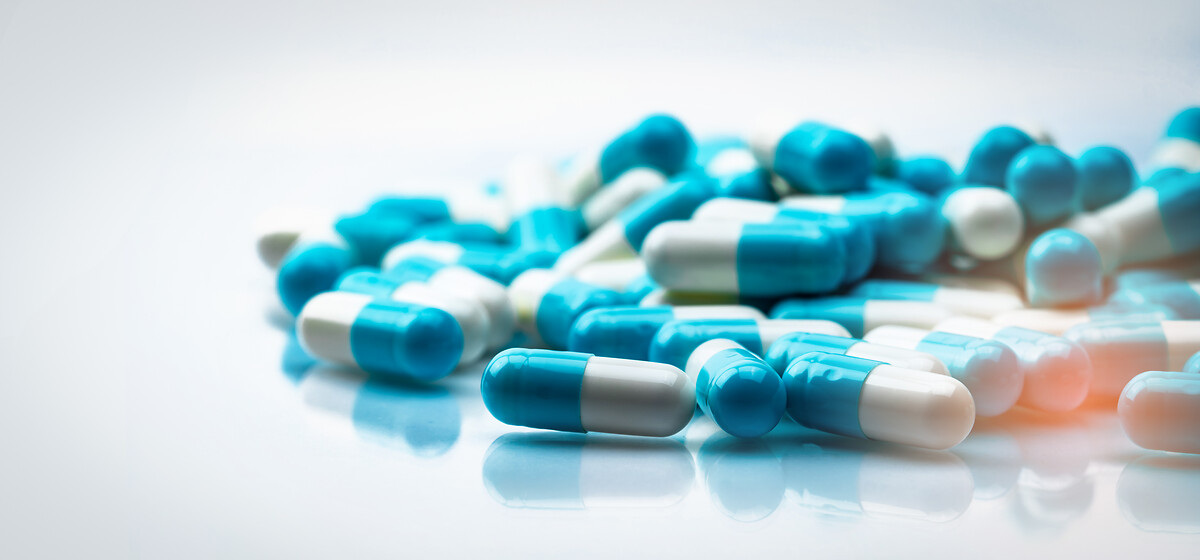> Tags: Modelling, Water quality
> Theme: Pollution
> Country: Sweden
> Last updated: 04 June 2020
Download PDFPolicy in practice
The marine environment is less characterised than freshwater for its occurrence of pharmaceuticals, but there is increasing evidence that pharmaceuticals are present in, and have the potential to impact, marine and coastal environments.
Because of the lack of systematic monitoring programmes for pharmaceuticals, modelling serves as a valuable and cost-effective basis for prioritisation, risk assessments, and to address data and knowledge gaps. Modelling the source-to-effect chain can be an effective tool to identify and target sources of pollution for monitoring. They can also be useful for predicting the exposure and impacts of pollution sources, pharmaceutical types and mixture toxicity, and the effectiveness of technical and policy solutions. Modelling can be a constructive starting point to understand and discuss the source and effects of pharmaceuticals with stakeholders, from which cost-effective solutions can be developed in cooperation.
A Swedish study provides assessments of the emissions and occurrence of 54 pharmaceuticals in surface water and their releases to the Baltic Sea. Lindim et al. (2017) used the STREAM-EU model to predict the exposure, fate and long-range transport of 54 human pharmaceuticals (selected from the 200 most consumed pharmaceuticals in Sweden in 2011) in all Swedish basins draining to the Baltic Sea and Danish Strait. The model considered point sources (urban WWTPs) and diffuse sources (through WWTP sludge application to soils) as human pharmaceutical entry-pathways to surface water.
The model was parametrised with the knowledge that 25.4% of the sludge generated from WWTPs in Sweden is used on agriculture soils, according to national statistics. The model was constructed by using data on emissions, hydrology, pH, air and water temperatures, and physico-chemical properties and computationally-estimated partitioning and degradation properties of the substances.
The results showed a total flushing flow rate to the Baltic Sea of 42 ton/yr for the 54 pharmaceuticals combined. Of the 54 studied pharmaceuticals, 35 (65%) had predicted annual flushes to the sea higher that 1 kg/yr; the highest of which were for metformin (27 ton/yr), paracetamol (6.9 ton/yr) and ibuprofen (2.33 ton/yr). In the Stockholm urban area, 25 drugs had predicted concentrations higher than 1 ng/L, with 17 above 10 ng/L. Modelled results were in good agreement with monitored/measured values, with agreements of r2 = 0.62 and r2 = 0.95 for concentrations and for disposed amounts to sea, respectively.
Persistence and hydrophobicity of the pharmaceuticals determined the long-range transport and exposure potential. The model indicated that piperacillin, lorazepam, metformin, hydroxycarbamide, hydrochlorothiazide, furosemide and cetirizine have high potential to reach the sea.
Key policy message
Integrated and holistic approaches to environmental monitoring, in combination with modelling, prioritisation methods and data sharing initiatives, can help policy makers address pharmaceutical pollution.



